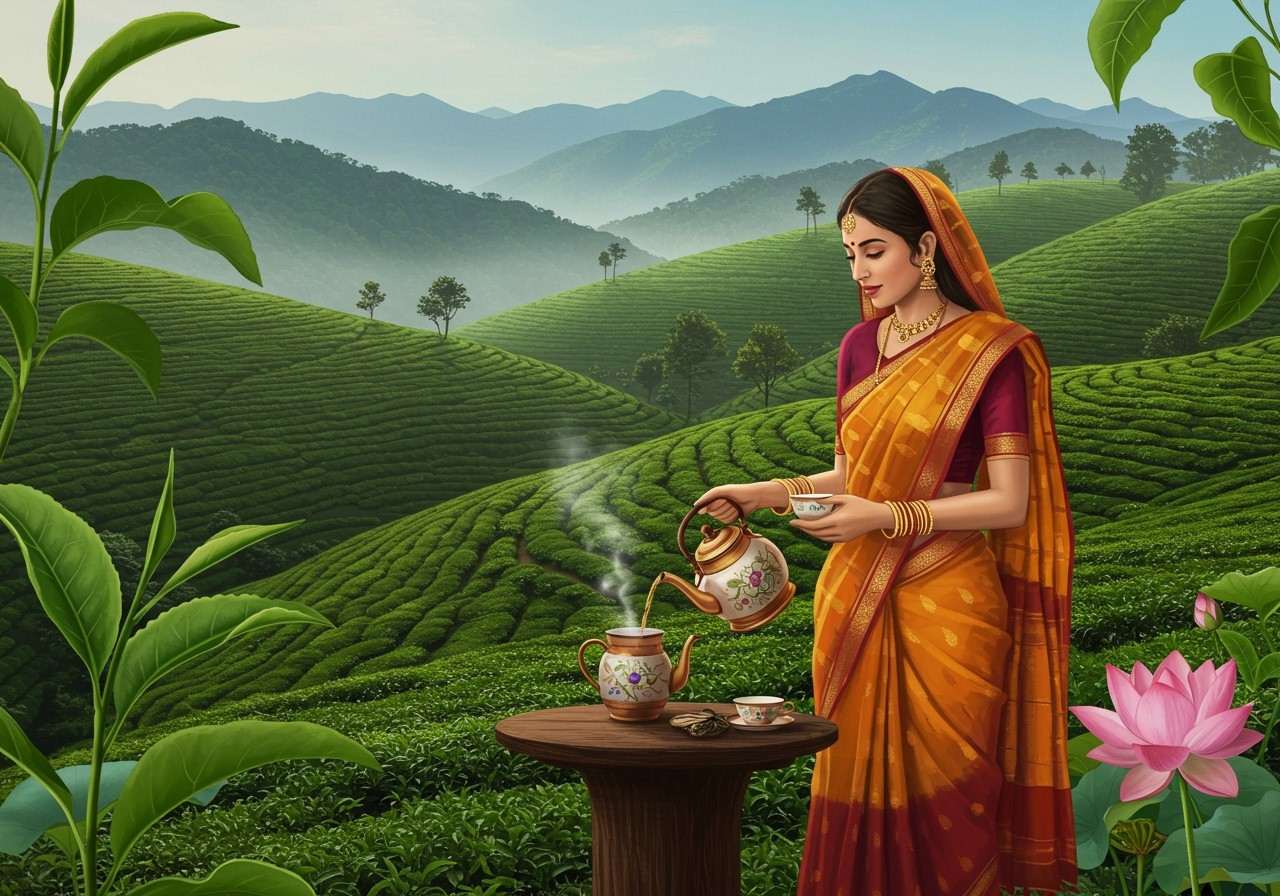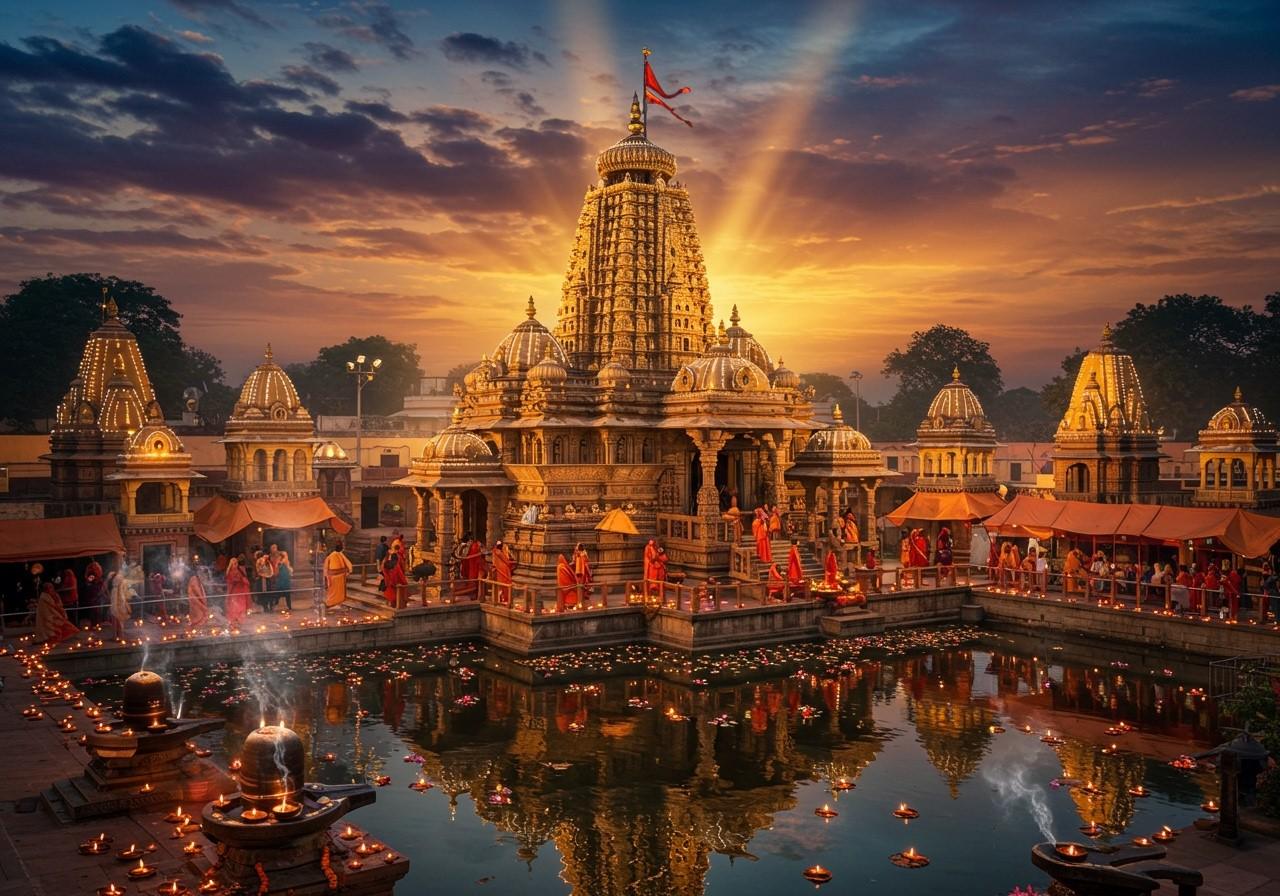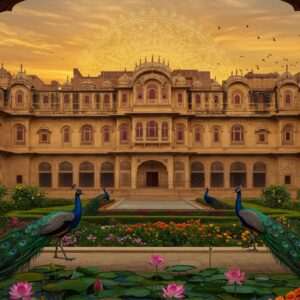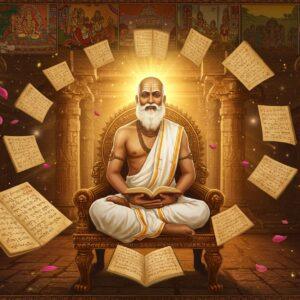
There’s something magical about a warm cup of tea, isn’t there? It’s more than just a drink; it’s a feeling, a moment of peace in our bustling lives. And when it comes to tea, one name stands tall, whispered with reverence by connoisseurs around the world – Darjeeling Tea. Fondly called the ‘Champagne of Teas’, this exquisite beverage is a journey in itself. Let’s embark on this journey together, exploring the rich history, the delightful varieties, and the art of brewing that perfect cup that soothes the soul.

The Story Behind the Sip: A Journey Through Darjeeling Tea’s History
Picture the rolling hills of Darjeeling in the mid-1800s. The British, seeking an alternative to Chinese tea, found a new home for the precious tea plant here. It all began with a gentleman named Dr. Archibald Campbell, who planted the first seeds in his garden in 1841. The cool mountain air, the misty clouds, and the unique soil worked their magic. By 1874, over a hundred tea gardens dotted the landscape, flourishing with the help of the local Gorkha and Lepcha communities whose hard work is woven into the fabric of this legacy. After India’s independence, these estates passed into Indian hands, and the tradition continued. In fact, since 2004, ‘Darjeeling Tea’ has been protected with a Geographical Indication (GI) tag, a mark of its unique origin and unparalleled quality.
Unpacking the Flavours: The Many Faces of Darjeeling Tea
What makes this brew so special is its incredible variety. The taste of Darjeeling tea changes with the seasons, known as ‘flushes’. Each harvest brings a new personality to your cup.
- The Four Main Types: Darjeeling isn’t just one kind of tea. You can find it as a Black Tea, which is fully oxidized and bursts with fruity and spicy notes; a delicate Green Tea, which is unfermented and has a lovely nutty flavour; a complex Oolong Tea, which is semi-fermented with hints of its famous muscatel flavour; and a rare White Tea, the least processed and made from the youngest buds.
- First Flush (Spring Harvest): Harvested around mid-March, this is the first plucking after the winter slumber. The leaves produce a light, floral, and vibrant liquor that is a true delight for the senses. It’s gentle, aromatic, and highly prized.
- Second Flush (Summer Harvest): Plucked in early summer, this flush is what Darjeeling is most famous for. It has a fuller body and the iconic ‘muscatel’ flavour – a unique fruity, grape-like note that is simply unforgettable.
- Autumnal Flush (Post-Monsoon Harvest): As the year winds down in October and November, the final flush offers a tea with a fuller body and a darker, richer colour. The flavour is herbaceous and robust, perfect for a crisp evening.
The Art of Brewing the Perfect Cup
Brewing Darjeeling tea is a ritual, a quiet moment to create something beautiful. To truly enjoy its delicate flavours, a little care goes a long way. Here’s how you can do it right:
- Warm Your Pot: Before you begin, pour a little hot water into your teapot or cup. Swirl it around and discard the water. This simple step keeps your tea at the perfect temperature.
- Use Good Water: Always use fresh, filtered water. The quality of water significantly impacts the final taste of your brew.
- Mind the Temperature: For the delicate First Flush, use water that’s just below boiling, around 80°C. For the more robust Second Flush, you can use hotter water, between 88-93°C.
- The Right Amount: A good rule of thumb is about one teaspoon (2-3 grams) of loose tea leaves for every cup (150-200 ml) of water.
- Patience in Steeping: Let the tea leaves steep for 3 to 5 minutes. Three minutes will give you a lighter cup, while five will give a stronger flavour. Be careful not to over-steep, as it can become bitter.
- Serve with Love: To truly appreciate its nuanced flavours, it’s best to enjoy Darjeeling tea without milk. A little bit of honey or a squeeze of lemon can be added if you like, but try it plain first!
More Than a Drink: Darjeeling Tea in Our Culture
In India, offering a cup of tea, or ‘chai’, is a gesture of warmth, hospitality, and connection. Darjeeling tea, with its premium status, often graces special occasions and heartfelt conversations. It’s a part of our social fabric, a way to welcome guests and build bonds. The story of this tea is also the story of the Darjeeling region, its people, and its contribution to India’s rich cultural tapestry. To learn more about other culturally significant places in India, you can read our guide on the Danteshwari Temple.
Your Questions, Answered: Common Curiosities about Darjeeling Tea
Many people wonder what truly sets Darjeeling tea apart. Its uniqueness comes from the Himalayan foothills where it’s grown, giving it that distinct, musky-sweet taste that tea lovers call “muscatel.” This exceptional flavour profile is why it’s often called the “Champagne of teas,” a title reserved for the best. You might also be curious about how to brew it for the best flavour. Simply use fresh water and steep the leaves for about 3-5 minutes to unlock their full aroma without any bitterness. And yes, you can find this wonderful tea in both black and green varieties, each offering a different but equally delightful experience. Its rich antioxidant content is also believed to help reduce stress and promote heart health, making it a wonderful addition to a healthy lifestyle.
Enhance Your Tea Ritual with Poojn.in
A beautiful tea experience is about more than just the tea; it’s about the atmosphere you create. At poojn.in, we understand the importance of tradition and creating moments of peace. While you savour your authentic Darjeeling tea, you can enhance the serene atmosphere with our curated collection of ritual items. Consider lighting some fragrant dhoop in a beautiful Dhoop Dani burner to create a truly tranquil environment for your tea time. We are here to help you find everything you need to connect with your cultural roots with the convenience of online shopping.
For any assistance, feel free to call us at 03369029784 or send a message on WhatsApp at 9476142738.
Embrace the Legacy in Every Sip
Darjeeling Tea is a timeless legacy, a bridge connecting us to our history, culture, and the simple joys of life. Each cup tells a story of the mountains, the mist, and the meticulous care that goes into its creation. We invite you to explore this world, to find your favourite flush, and to make the ritual of drinking tea a cherished part of your day. Share its warmth, celebrate its heritage, and let every sip be a moment of pure bliss.


